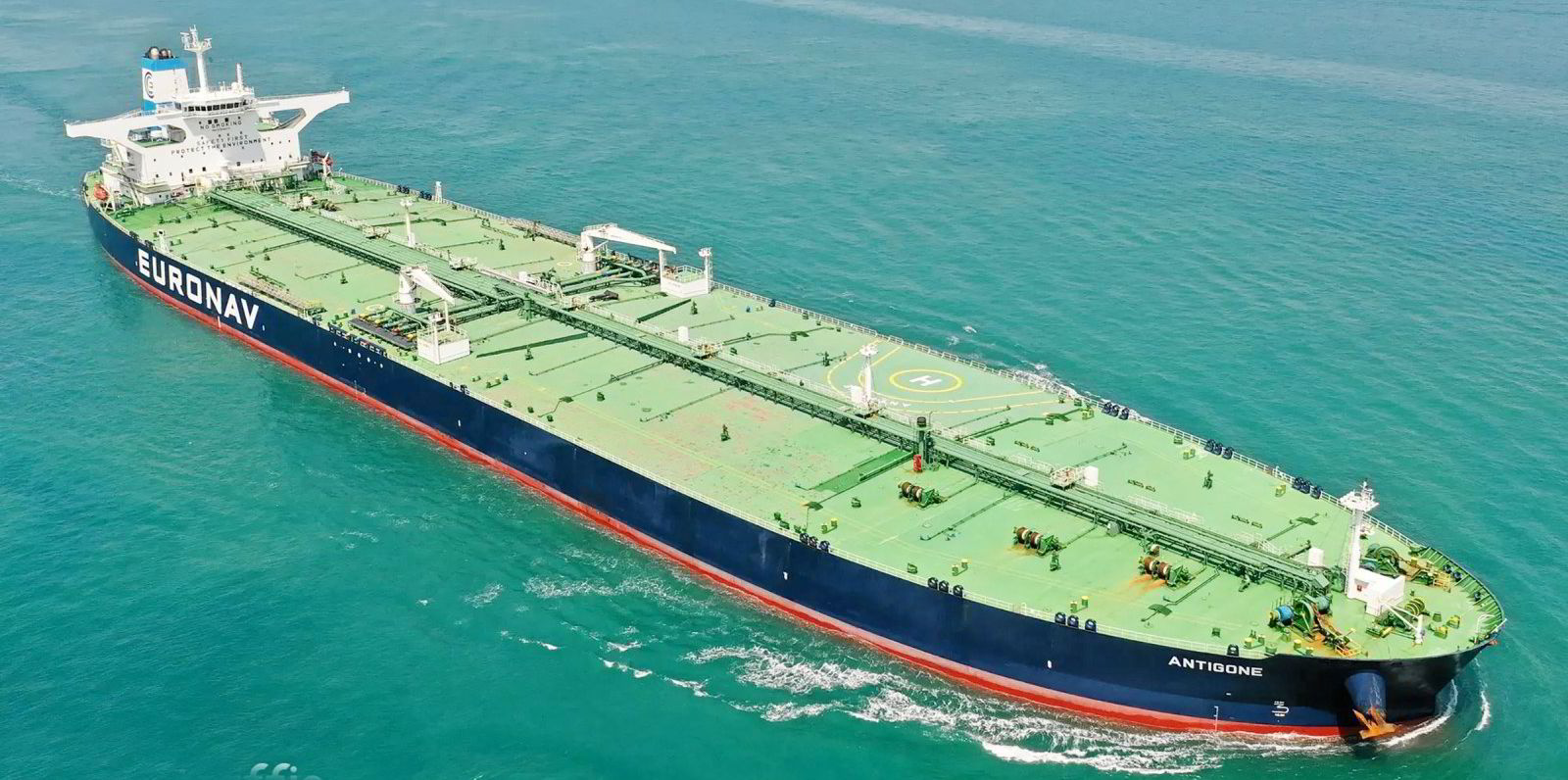That was fast.
VLCC rates hit a nine-month high earlier this week but quickly lost steam, with Clarksons’ fleet weighted average crashing more than $20,000 to finish the week at $54,400 per day — roughly where it was two weeks ago.
“A week of contrasts,” Fearnleys said, noting that there was still positive sentiment in the market.
“Given the current tightish position list (almost everyone available has offered on the [Middle East and Gulf]/China stem), the owning community may have missed an opportunity to push things a little more.
“But, in fairness, lack of activity, coupled with the fact that the returns on the bottom line … still look pretty damn good, a turn was always possible, and we often see a quick rise followed by a quick fall.”
VLCCs had long been lagging behind suezmaxes and aframaxes as the smaller tankers benefited from redrawn global trading patterns following Russia’s 2022 invasion of Ukraine.
But the rates came surging back, with the Clarksons fleet weighted average hitting $82,200 per day on Monday.
By Wednesday, the assessment had slipped to $74,500 per day, then further to $54,400 per day — only marginally higher than the $52,400 per day on 9 February.
The higher rates came as Chinese imports picked up, with buyers there sourcing cheaper barrels in the Middle East as Europe found more oil in the Atlantic basin, with many tankers still avoiding the Red Sea.
Data from Tankers International shows just a handful of fixtures this week, with the richest the 299,421-dwt Antigone (built 2015) chartered to Petrobras at $114,972 per day on Tuesday for a late March voyage from Brazil to China.
On Friday, a single fixture was listed: the 299,995-dwt Zakum (built 2019) for $33,296 per day to the Indian Oil Corp for a mid-March voyage from the Middle East Gulf to the east coast of India.
Product tanker pain
Clarksons pointed out that product tanker rates had tumbled this week, too.
It said eco-designed LR2s fell 23% week over week to $52,400 per day on Friday, while eco-designed LR1s fell 12.1% to $42,500 per day.
MRs had a “more modest” decrease of 2.5% to $45,500 per day.
“Thin cargo enquiry and a growing tonnage list as vessels ballast back from the Far East have been weighing on the market,” Clarksons said on Friday.
“On a more bullish note, broker reports yesterday suggested that MR rates had bottomed out, which later became evident in a 4.6% [day-over-day] gain.”





